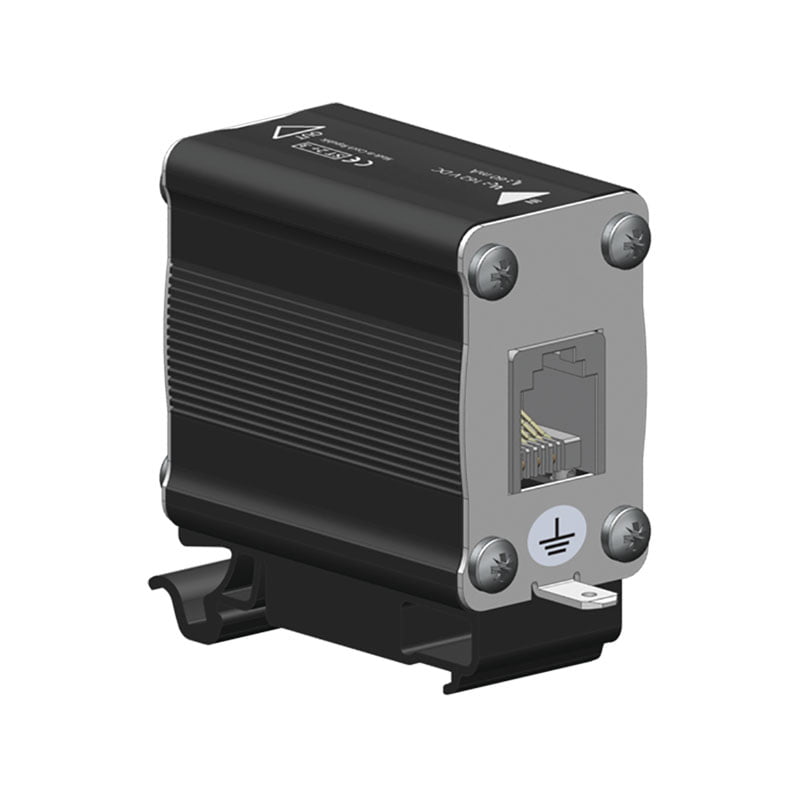
| Order number | KM-DL-TLF-HF |
|---|---|
| Maximum operating voltage (AC/DC) | Uc |
| Nominal load current | IL |
| C2 Nominal discharge current (8/20μs) per core | In |
| C2 Voltage protection level mode core-core at ln | Up |
| C2 Voltage protection level mode core-PE at ln | Up |
| C3 Voltage protection level mode core-core at 1kV/μs | Up |
| C3 Voltage protection level mode core-PE at 1kV/μs | Up |
| Response time core-core | ta |
| Response time core-PE | ta |
| Serial resistance per core | R |
| Threshold frequency core-core | f |
| Connection (input - output) | |
| Degree of protection | |
| Range of operating temperatures (min - max) | |
| Mounting | |
| According to standard | |
| ETIM Class | |
| Weight |
Surge arrester for telephone lines – RJ11 sockets protects a single pair of high-speed analogue lines in telecommunication equipment (eg VDSL2).
Benefits: Simple installation. Universal plastic adapter for mounting on DIN rail and GND 2 holderStandards: EN 61643-21 (Surge Protection Devices)Application: Install inline for protection of telecommunication equipment on high-speed analogue lines.
Where low voltage, data and telecom lines enter and exit the building, they must also be included in the Lightning Protection System. These include:
A surge or lightning protection device prevents damage to electrical and electronic equipment from transient over-voltage events by blocking or redirecting surge current to the ground instead of passing through the equipment.By their nature, low voltage, data, and telecom lines are not as robust as mains power cables and as such do not carry the same magnitude of lightning current. However, the size of that voltage/current is large in comparison to the system operating voltage and, as such, these lightning-induced transients can still cause irreparable and expensive damage.Since transients can be induced from the large electromagnetic field created during a lightning strike, care needs to be taken over the routing of such cables.When selecting a data, telephone or low voltage protector, extra care must be taken to ensure that clamping performance of the SPD does not impede the data/signal transmission voltage.